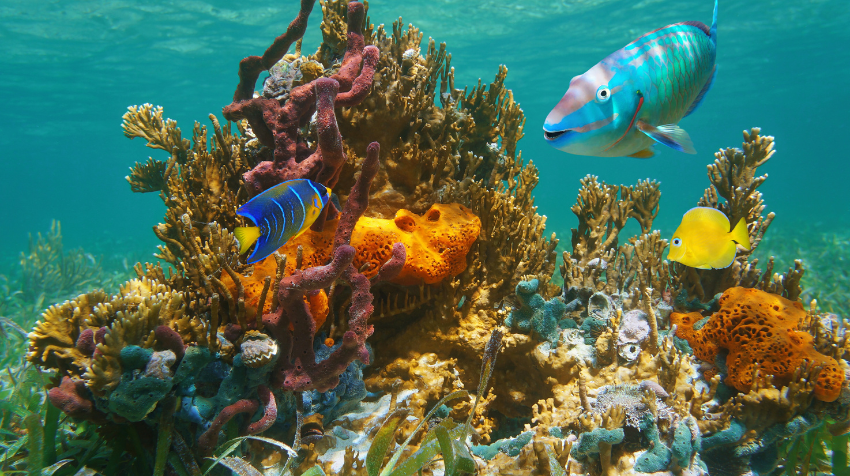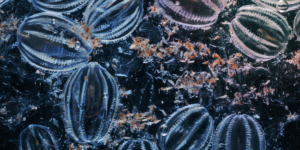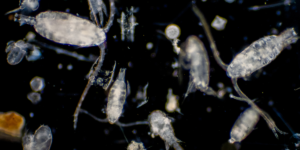As an avid ocean enthusiast, you may have heard about ocean acidification and its impact on marine life. But do you know how it works and what the consequences are?
Ocean acidification is a result of increasing carbon dioxide levels in the atmosphere, which dissolve into the ocean to form carbonic acid. This process reduces the pH level of seawater, making it more acidic.
The problem is that this change in chemistry can have significant effects on marine organisms, from their ability to build shells to their behavior and reproduction.
Research shows that shelled organisms are particularly vulnerable to these changes. The acidity of seawater makes it harder for them to form and maintain their protective shells. As a result, many species like oysters, clams, and corals struggle with growth and survival when exposed to increasingly acidic conditions.
But shell-forming creatures aren’t the only ones affected by ocean acidification – studies also show that other animals’ behaviors such as feeding patterns or sensory perception can be altered by changes in water chemistry. These impacts could ripple through entire ecosystems affecting everything from food webs to biodiversity.
In this article, we will explore some of these effects in greater detail and examine strategies scientists are working on to mitigate them.
Key Takeaways
- Ocean acidification, caused by increasing carbon dioxide levels in the atmosphere, has significant effects on marine organisms’ ability to build shells, behavior, and reproduction.
- Shelled organisms are particularly vulnerable as acidic seawater makes it harder for them to form and maintain protective shells, leading to reduced shell formation in mollusks and weakened skeletal structures in coral reefs.
- Changes in marine life due to ocean acidification include alterations in reproduction, behavior, feeding patterns, and migration patterns.
- Mitigation strategies, such as technological interventions like artificial reefs, are important for improving food security and economic stability, but conservation efforts are crucial for preserving the health and well-being of our oceans.
Understanding Ocean Acidification
You’re probably not aware that the carbon dioxide emissions from human activities are causing the ocean to become more acidic, which is coincidentally harming marine life. This process is known as ocean acidification, and it’s a result of carbon dioxide being absorbed by seawater. When carbon dioxide dissolves in water, it forms carbonic acid, lowering the pH level of the ocean.
The ocean has already absorbed about 30% of all human-generated carbon dioxide emissions since industrialization began in the mid-1800s.
Ocean chemistry plays an essential role in regulating Earth’s climate and sustaining marine ecosystems. The ocean serves as a massive sink for atmospheric CO2 through a series of chemical reactions called the carbon cycle. However, when too much CO2 enters the oceans, it throws off this delicate balance and alters ocean chemistry.
Ocean acidification can have severe consequences for marine organisms’ growth and survival, including reduced shell formation in mollusks and weakened skeletal structures in coral reefs.
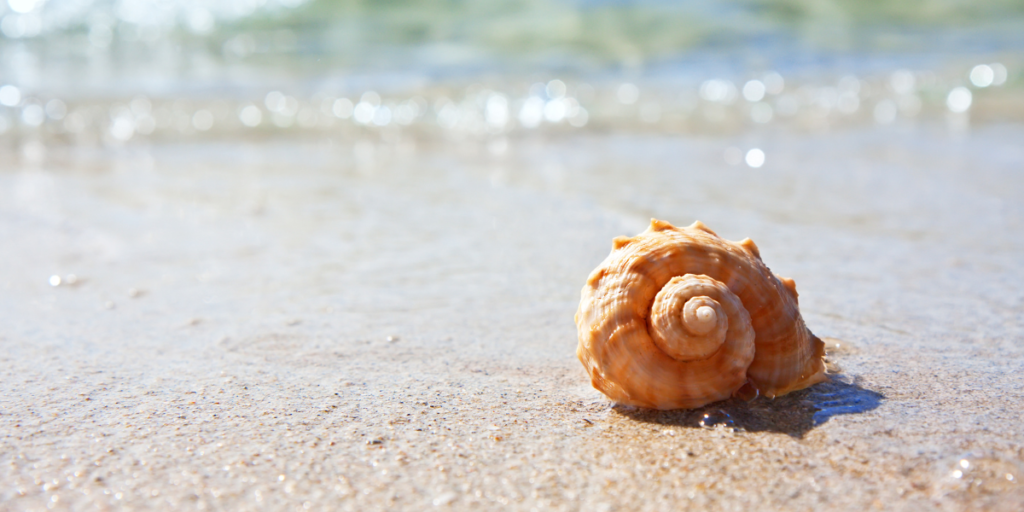
Impacts on Shelled Organisms
The acidity levels in the ocean have a profound impact on the ability of shelled organisms to survive and thrive. As carbon dioxide dissolves into seawater, it reacts with water molecules to form carbonic acid, which lowers the pH of the ocean.
This decrease in pH can cause calcium carbonate, a key component in many shells, to dissolve faster than it can be produced through shell growth. This dissolution has significant consequences for shelled organisms such as oysters, clams, and mollusks.
Without enough calcium carbonate to build their protective shells, these animals become more vulnerable to predation and environmental stressors. Additionally, prolonged exposure to acidic waters can cause existing shells to weaken or even dissolve entirely over time.
The impacts of this process are already being felt by many coastal communities that rely on shellfish for food and economic purposes. A lack of healthy populations can lead to decreased revenue for these communities and harm the overall health of marine ecosystems.
- Decreased shell growth due to calcium carbonate dissolution
- Increased vulnerability of shelled organisms
- Weakened or dissolved shells over time
- Negative impacts on coastal communities that rely on shellfish
Effects on Reproduction and Behavior
You’re about to explore how ocean acidification impacts marine life through changes in reproduction and behavior. Specifically, you’ll examine how altered mating and feeding behaviors can affect the survival of shelled organisms, such as mollusks.
Additionally, you’ll investigate how ocean acidification may cause shifts in migration patterns that could have cascading effects throughout entire ecosystems. By understanding these complex interactions, you can gain a more complete picture of the potential consequences of changing ocean chemistry on our planet’s biodiversity.
Changes in Mating and Feeding Behaviors
When you’re out in the ocean, swimming through the coral reefs, you might notice that some fish are behaving strangely – darting around frantically or ignoring their usual prey. These changes in mating and feeding behaviors can be directly linked to changes in ocean chemistry.
As carbon dioxide levels rise in the ocean, it becomes more acidic and alters the chemical composition of seawater. This impacts not only individual species but also their ecological niches and social interactions. For example, studies have shown that elevated CO2 levels cause clownfish to lose their sense of smell, which they rely on for finding mates and detecting predators.
Additionally, some species of fish have been observed exhibiting erratic behavior when exposed to acidified water, such as increased aggression towards other individuals or a lack of interest in mating altogether. Changes in feeding behavior have also been noted – many shell-forming organisms struggle to build their protective shells due to decreased availability of carbonate ions necessary for shell formation.
These disruptions can lead to significant declines in population size and ultimately threaten entire ecosystems dependent on these organisms for food.
Altered Migration Patterns
Get ready to witness some incredible sights on your next ocean adventure – as carbon dioxide levels rise, marine species are altering their migration patterns in response to changing ocean chemistry. This shift in distribution is a response to physiological stress that affects the behavior of many marine organisms.
Changes in temperature, salinity, and pH levels of seawater alter the physical environment experienced by marine life. These changes can cause physiological stress and impact behavior, leading to altered migration patterns. Species may move into new areas or change their timing of migration as they adapt to these environmental shifts.
As a result, we’re seeing new and unusual interactions among different species that previously did not coexist. For example, Arctic cod have been observed migrating farther north due to warming temperatures caused by climate change. This has led them into competition with other cold-water fish species such as capelin which could ultimately affect food chains and ecosystem dynamics.
In summary, altered migration patterns serve as an important indicator of how changes in ocean chemistry are impacting marine life and the complex interactions between different species within aquatic ecosystems.
Strategies to Mitigate Effects
Despite the challenges, there’s hope in implementing strategies to mitigate the effects of changing ocean chemistry on marine life.
One such strategy is through adaptation techniques where marine organisms are able to adjust their physiology and behavior in response to changing environmental conditions. For example, some species may develop thicker shells or alter their feeding habits in order to cope with increased acidity levels in the water.
Technological interventions also offer promising solutions. For instance, artificial reefs can be created using materials that buffer pH levels and reduce ocean acidification. Additionally, carbon capture and storage technologies can help reduce greenhouse gas emissions, which contribute significantly to ocean acidification.
It’s important for governments and industries to invest in these mitigation strategies as they not only benefit marine life but also have positive impacts on human health and well-being through improved food security and economic stability.
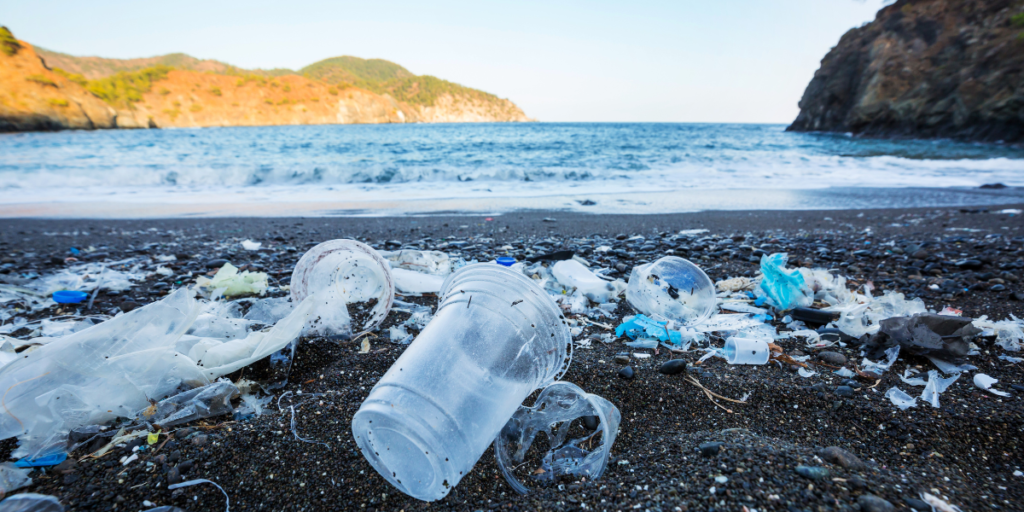
Importance of Protecting the Health of the Ocean
You can make a difference in protecting the health of our oceans by recognizing the importance of conservation efforts. The ocean is home to a vast variety of marine life, from microscopic plankton to large whales, and their survival depends on maintaining a healthy ecosystem. Without proper care, overfishing, pollution, and climate change can cause irreversible damage to ocean chemistry and ultimately lead to the extinction of numerous species.
Conservation efforts are crucial for preserving the health and well-being of our oceans. By reducing plastic waste, supporting sustainable fishing practices, and advocating for policies that protect marine habitats, we can ensure that future generations will have access to thriving ecosystems.
It is essential that we recognize the critical role that oceans play in regulating global climate patterns and providing resources for human societies worldwide. Protecting the health of our oceans should be a top priority for everyone who values biodiversity and sustainability.
Frequently Asked Questions
How does ocean acidification affect non-shelled organisms?
Get ready for a bumpy ride. Ocean acidification is a major problem for non-shelled organisms. It can impact growth and reproductive success, leading to population declines. These impacts are backed up by scientific research and data.
Can marine life adapt to changing ocean chemistry?
To adapt to changing ocean chemistry, marine life may employ various adaptation strategies such as changes in behavior, morphology, and physiology. Evolutionary changes over time may also occur through natural selection or genetic mutations.
What are the long-term effects of ocean acidification on marine ecosystems?
Long-term effects of ocean acidification include decreased calcification rates in coral reefs, leading to reduced growth and increased vulnerability to erosion. Fisheries may be negatively impacted due to changes in food availability and habitat degradation.
How do human activities contribute to ocean acidification?
You contribute to ocean acidification through the carbon emissions from your daily activities. This process leads to coral bleaching, which harms marine ecosystems and disrupts food chains. Scientific data shows that reducing emissions is crucial for protecting our oceans.
What role do marine protected areas play in mitigating the effects of ocean acidification?
To mitigate the effects of ocean acidification, marine protected areas act as crucial mitigating strategies. These protected areas have socioeconomic impacts and can help preserve marine life. Data-driven research supports this claim.
We would like to thank our sponsor Rapid Fix Garage Doors for supporting our website and if you need a quality garage door service contact them today.

